Home>Construction & Tools>Electrical and Plumbing Systems>Where To Install An EV Charger In The Garage
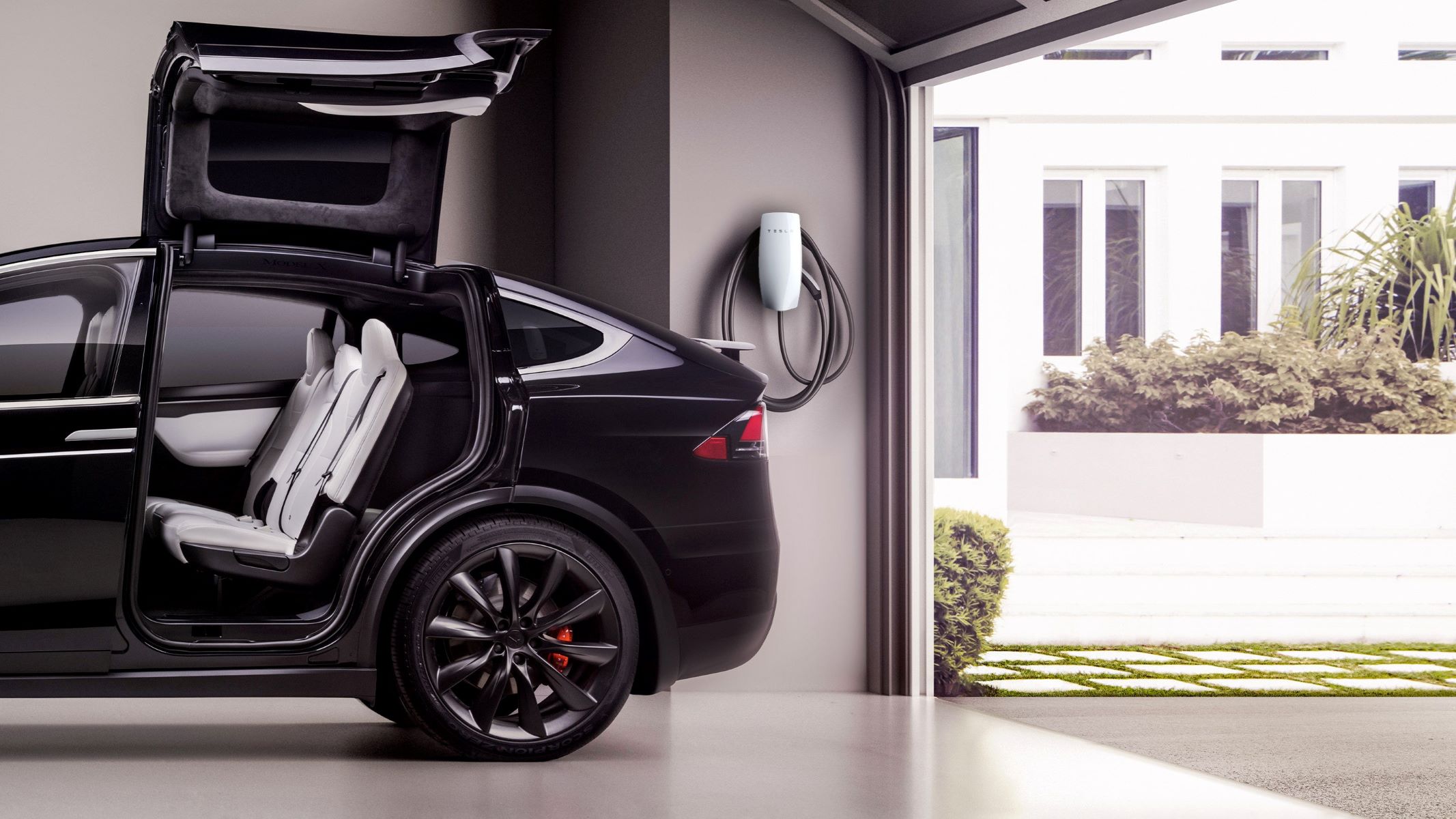

Electrical and Plumbing Systems
Where To Install An EV Charger In The Garage
Modified: January 4, 2024
Discover the best location for installing an EV charger in your garage with our expert tips on electrical and plumbing systems. Ensure a seamless and efficient setup for your electric vehicle.
(Many of the links in this article redirect to a specific reviewed product. Your purchase of these products through affiliate links helps to generate commission for Storables.com, at no extra cost. Learn more)
Introduction
Electric vehicles (EVs) are revolutionizing the way we think about transportation, offering a cleaner and more sustainable alternative to traditional gasoline-powered cars. As the popularity of EVs continues to soar, more and more homeowners are considering the installation of electric vehicle chargers in their garages. This not only offers the convenience of charging at home but also ensures that the vehicle is always ready to hit the road.
Installing an EV charger in your garage is a significant investment that requires careful consideration of various factors. From choosing the right location to ensuring safety and compliance with local regulations, there are several crucial aspects to ponder before embarking on this project. In this comprehensive guide, we will explore the key considerations for installing an EV charger in your garage, helping you make informed decisions and create a safe and efficient charging setup for your electric vehicle.
Key Takeaways:
- Installing an EV charger in your garage requires evaluating electrical capacity, charging speed, cost, and regulatory compliance. Choosing the right location and prioritizing safety are crucial for a seamless and secure charging experience.
- Selecting the optimal spot in your garage for the EV charger, ensuring proximity to the electrical panel, protection from environmental elements, and future expansion possibilities, is essential. Prioritizing safety measures and professional installation safeguards the charging equipment and users.
Read more: How To Install An EV Charger At Home
Factors to Consider Before Installing an EV Charger
Before diving into the installation of an electric vehicle (EV) charger in your garage, it’s essential to evaluate several critical factors to ensure a seamless and efficient charging experience.
- Electrical Capacity: Assess the electrical capacity of your home to determine if it can support the additional load of an EV charger. Consulting with a qualified electrician is crucial to understand if your electrical panel and wiring can accommodate the charger’s power requirements without overloading the system.
- Charging Speed: Consider the charging speed you require based on your driving habits and the range of your EV. Level 1 chargers (120 volts) are slower, while Level 2 chargers (240 volts) offer faster charging times. Understanding your needs will help you select the most suitable charger for your lifestyle.
- Cost and Incentives: Research the cost of EV chargers, installation expenses, and potential incentives or rebates offered by local or state governments to offset the installation costs. Exploring these financial aspects can provide valuable insights into the overall investment required for the project.
- Future-Proofing: Consider the long-term implications of your EV charger installation. Opting for a charger with smart features and the ability to accommodate future advancements in EV technology can enhance the longevity and versatility of your charging setup.
- Regulatory Compliance: Familiarize yourself with local building codes, zoning regulations, and permit requirements related to EV charger installations. Ensuring compliance with these regulations is essential to avoid potential legal issues and safety hazards.
By carefully evaluating these factors, you can lay a solid foundation for a successful EV charger installation, setting the stage for a seamless and efficient charging experience for your electric vehicle.
Choosing the Right Location in the Garage
When it comes to installing an electric vehicle (EV) charger in your garage, selecting the optimal location is paramount to ensure convenience, safety, and efficient operation. Several key considerations can guide you in determining the most suitable spot for your EV charger.
- Proximity to Electrical Panel: Positioning the EV charger in close proximity to the electrical panel can streamline the installation process and minimize the length of wiring required. This not only reduces installation costs but also enhances the overall safety and efficiency of the charging setup.
- Accessibility: Choose a location that offers easy access to the EV charger, allowing for effortless plugging and unplugging of the vehicle. Consider the maneuverability of the EV’s charging port and ensure that the chosen spot enables convenient connectivity without any obstructions.
- Wall-Mounted vs. Freestanding: Evaluate whether a wall-mounted or freestanding EV charger better suits your garage layout and personal preferences. Wall-mounted units can save space and provide a tidy charging solution, while freestanding chargers offer flexibility in terms of placement and relocation.
- Protection from Environmental Elements: Shielding the EV charger from extreme temperatures, moisture, and physical damage is essential to prolong its lifespan and ensure reliable performance. Choosing a location that offers protection from these environmental factors is crucial for the longevity of the charging equipment.
- Future Expansion: Anticipate future needs and potential expansion of your charging setup. Selecting a location that allows for the addition of multiple chargers or the integration of smart charging infrastructure can accommodate the evolving requirements of your household.
By carefully considering these factors, you can pinpoint the ideal location for your EV charger in the garage, optimizing the functionality, accessibility, and longevity of your electric vehicle’s charging infrastructure.
Consider installing the EV charger near the electrical panel to minimize installation costs. Make sure it’s easily accessible and allows for proper ventilation to prevent overheating.
Safety Considerations
Ensuring the safety of your electric vehicle (EV) charging setup is of utmost importance, encompassing various aspects ranging from electrical safety to the protection of the charging equipment and the surrounding environment.
- Professional Installation: Engage the services of a qualified electrician with expertise in EV charger installations. Professional installation not only ensures compliance with electrical codes and regulations but also minimizes the risk of installation errors that could compromise safety.
- Grounding and Circuit Protection: Verify that the electrical circuit for the EV charger includes proper grounding and is equipped with appropriate circuit protection devices, such as ground fault circuit interrupters (GFCIs) or arc fault circuit interrupters (AFCIs), to mitigate the risk of electrical hazards.
- Overcurrent Protection: Install overcurrent protection devices, such as circuit breakers or fuses, to safeguard the charging equipment and wiring from excessive current flow, preventing overheating and potential fire hazards.
- Fire Safety Measures: Implement fire safety measures in the vicinity of the EV charger, including the installation of fire extinguishers and the avoidance of flammable materials in close proximity to the charging equipment.
- Weatherproofing and Enclosure: If the EV charger is installed outdoors or in an area exposed to the elements, ensure that it is housed in a weatherproof enclosure to shield it from rain, snow, and other environmental factors that could compromise its safety and performance.
- User Safety Guidelines: Educate users, including household members and guests, about safe charging practices, emphasizing the importance of using the charger as intended, avoiding tampering with electrical components, and adhering to manufacturer-recommended guidelines for EV charging.
By prioritizing safety considerations and adhering to best practices in EV charger installation and usage, you can create a secure and reliable charging environment for your electric vehicle, offering peace of mind and protection for both the equipment and its users.
Conclusion
Installing an electric vehicle (EV) charger in your garage is a significant decision that entails careful planning, consideration of crucial factors, and a steadfast commitment to safety and compliance. By evaluating the electrical capacity of your home, understanding your charging requirements, and exploring cost and regulatory aspects, you can lay the groundwork for a successful EV charger installation.
Choosing the right location in your garage is pivotal, as it directly impacts the accessibility, functionality, and longevity of your charging setup. Proximity to the electrical panel, protection from environmental elements, and future expansion possibilities are key factors to weigh when determining the optimal placement for your EV charger.
Safety considerations should always remain at the forefront of the installation process, encompassing professional installation, electrical grounding, overcurrent protection, fire safety measures, and user education. Prioritizing safety not only safeguards the charging equipment and the surrounding environment but also ensures the well-being of users and household occupants.
As the adoption of electric vehicles continues to grow, the installation of EV chargers in residential garages plays a pivotal role in supporting this sustainable transportation revolution. By embracing the considerations outlined in this guide and enlisting the expertise of qualified professionals, you can embark on a seamless and secure journey towards integrating an efficient and reliable EV charging infrastructure into your home.
Ultimately, the installation of an EV charger in your garage not only enhances the convenience of charging your electric vehicle at home but also contributes to the advancement of eco-friendly mobility solutions, underscoring your commitment to a greener and more sustainable future.
Frequently Asked Questions about Where To Install An EV Charger In The Garage
Was this page helpful?
At Storables.com, we guarantee accurate and reliable information. Our content, validated by Expert Board Contributors, is crafted following stringent Editorial Policies. We're committed to providing you with well-researched, expert-backed insights for all your informational needs.
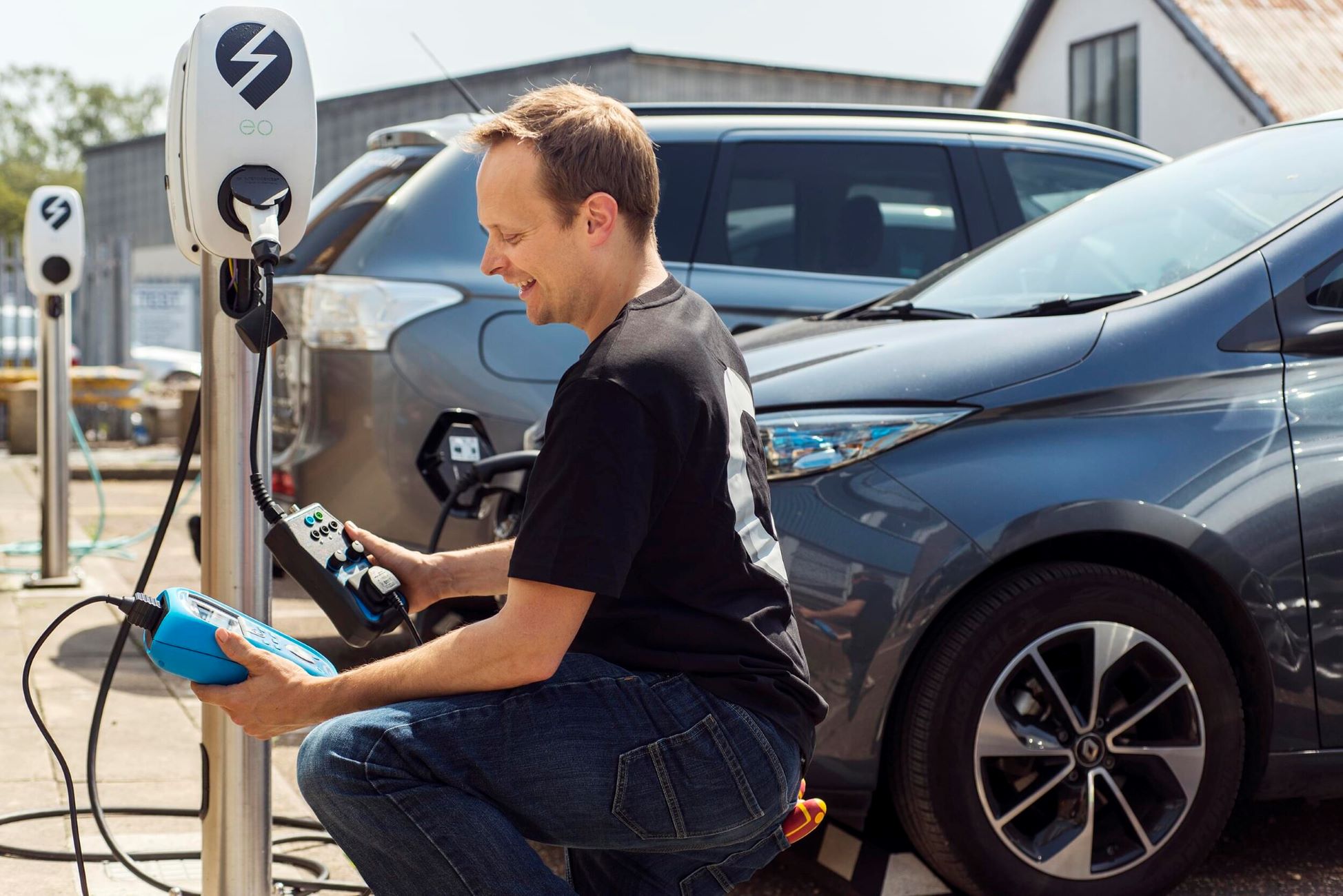
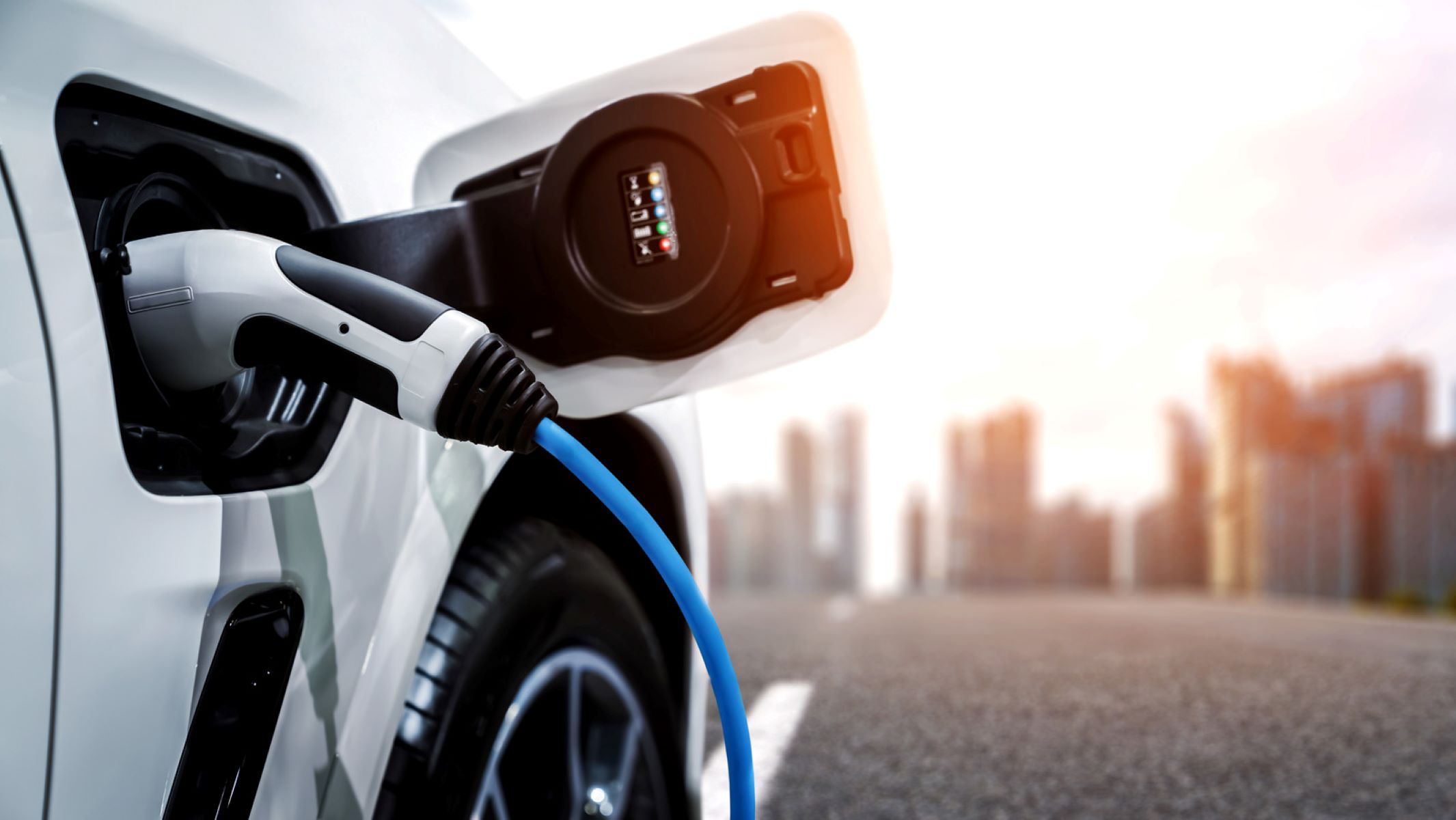
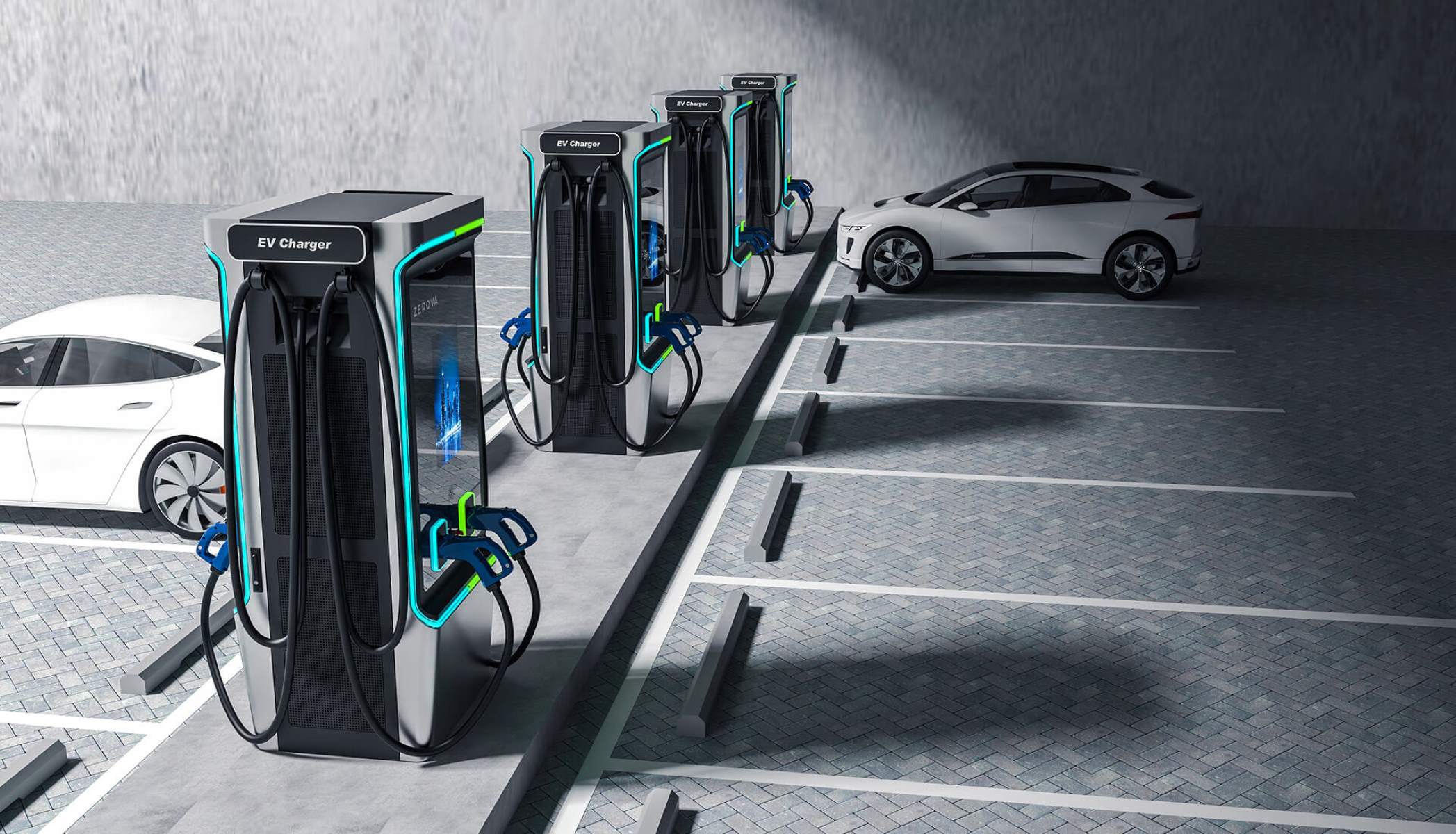
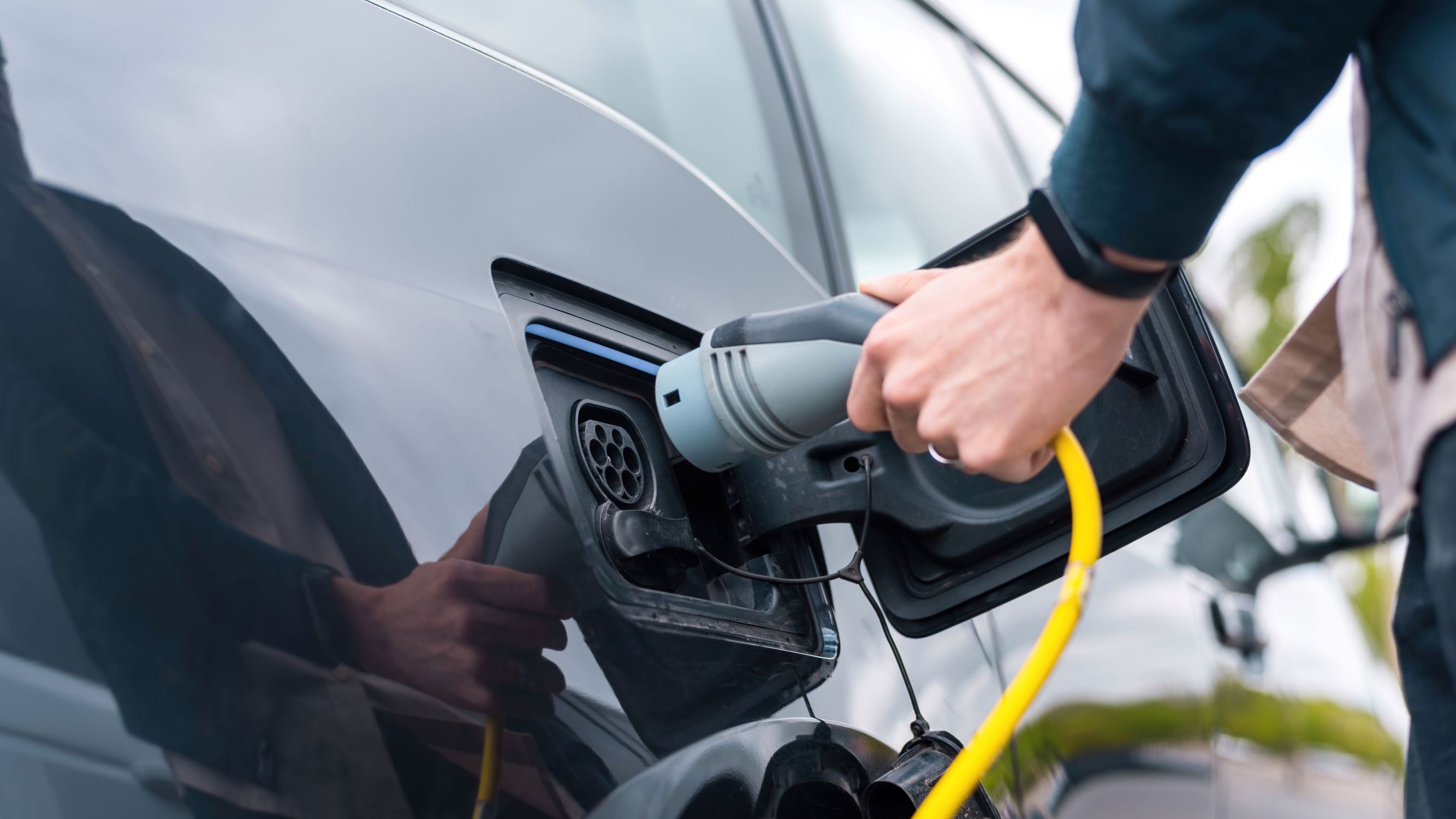
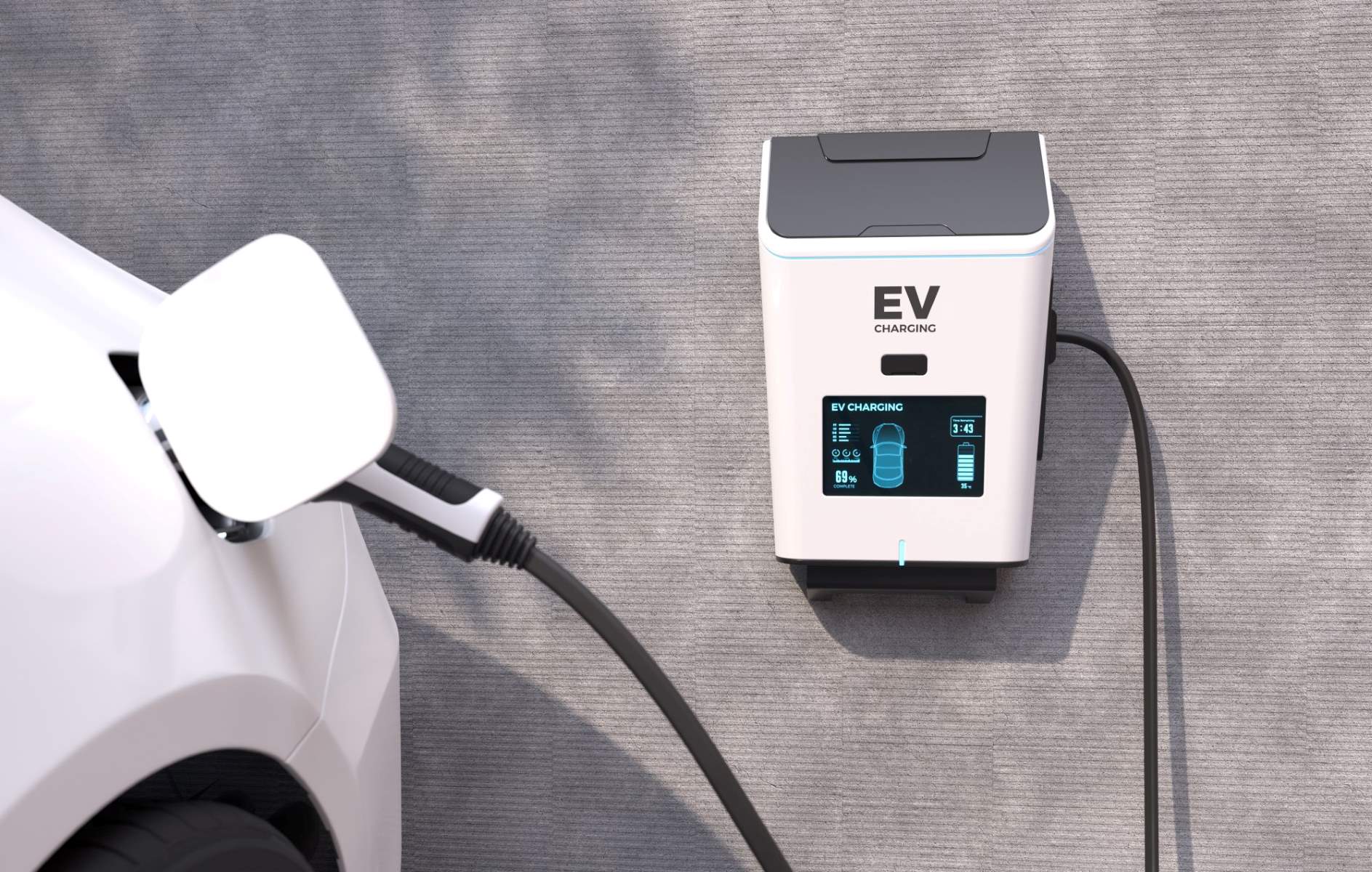
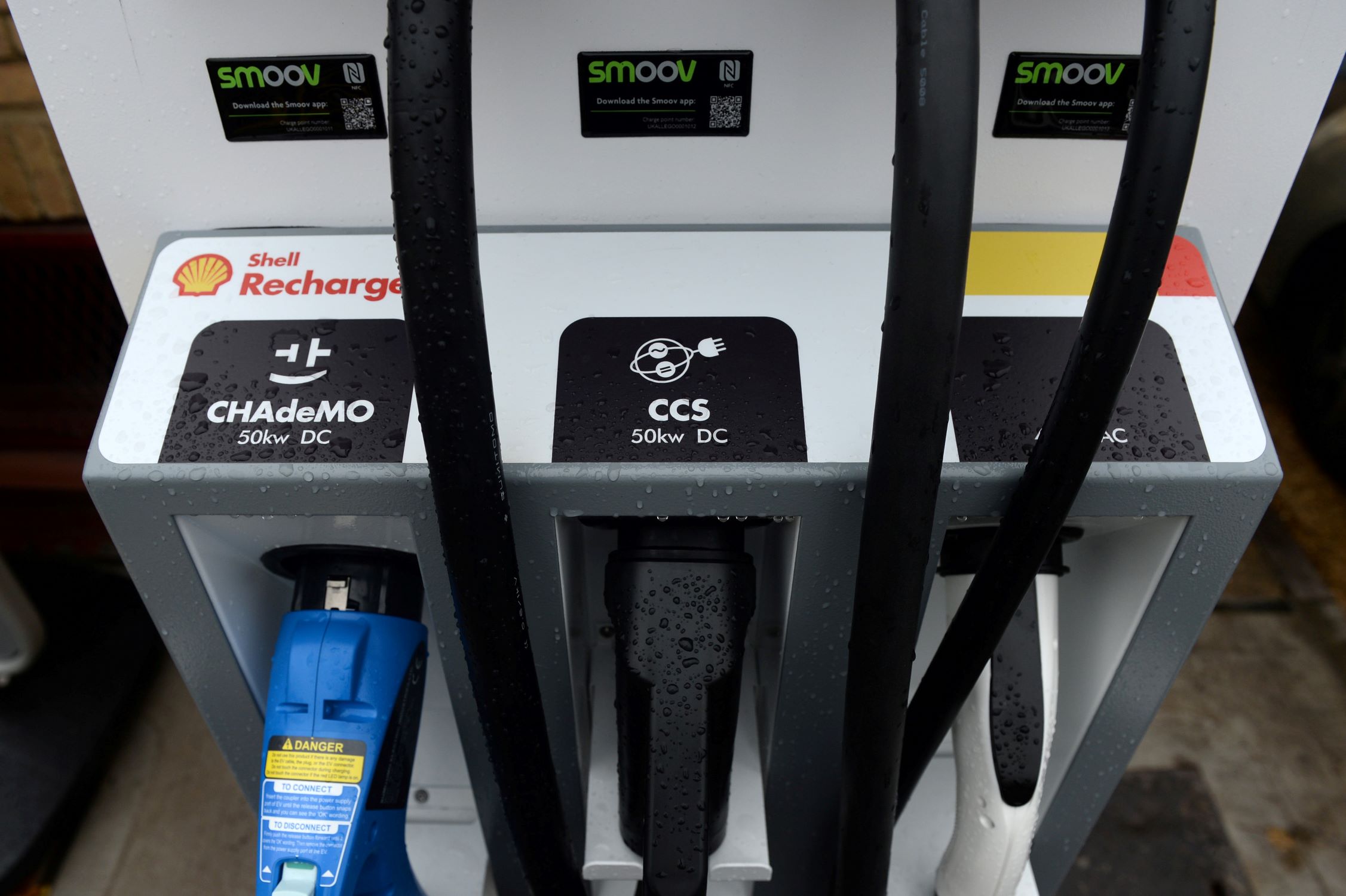
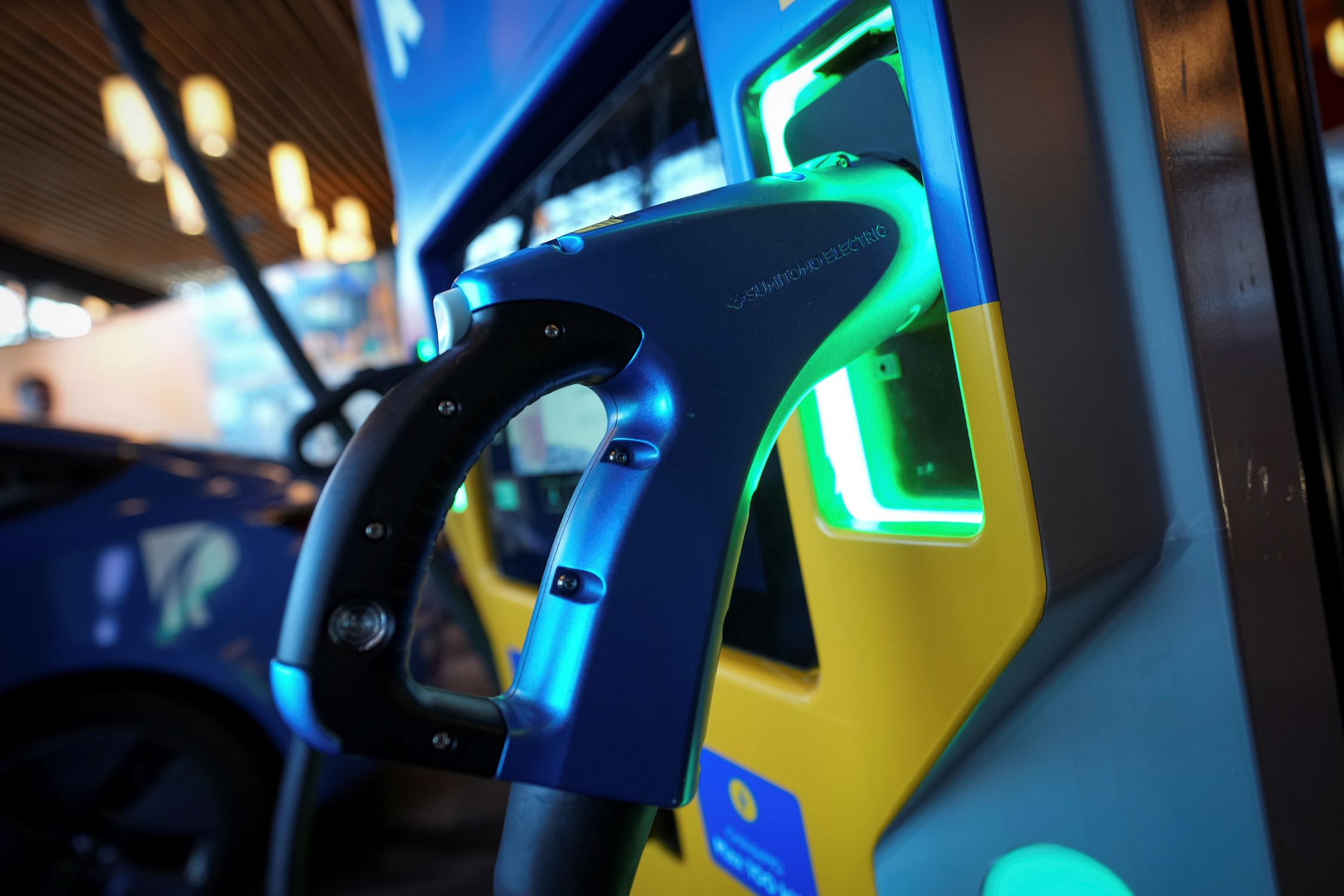
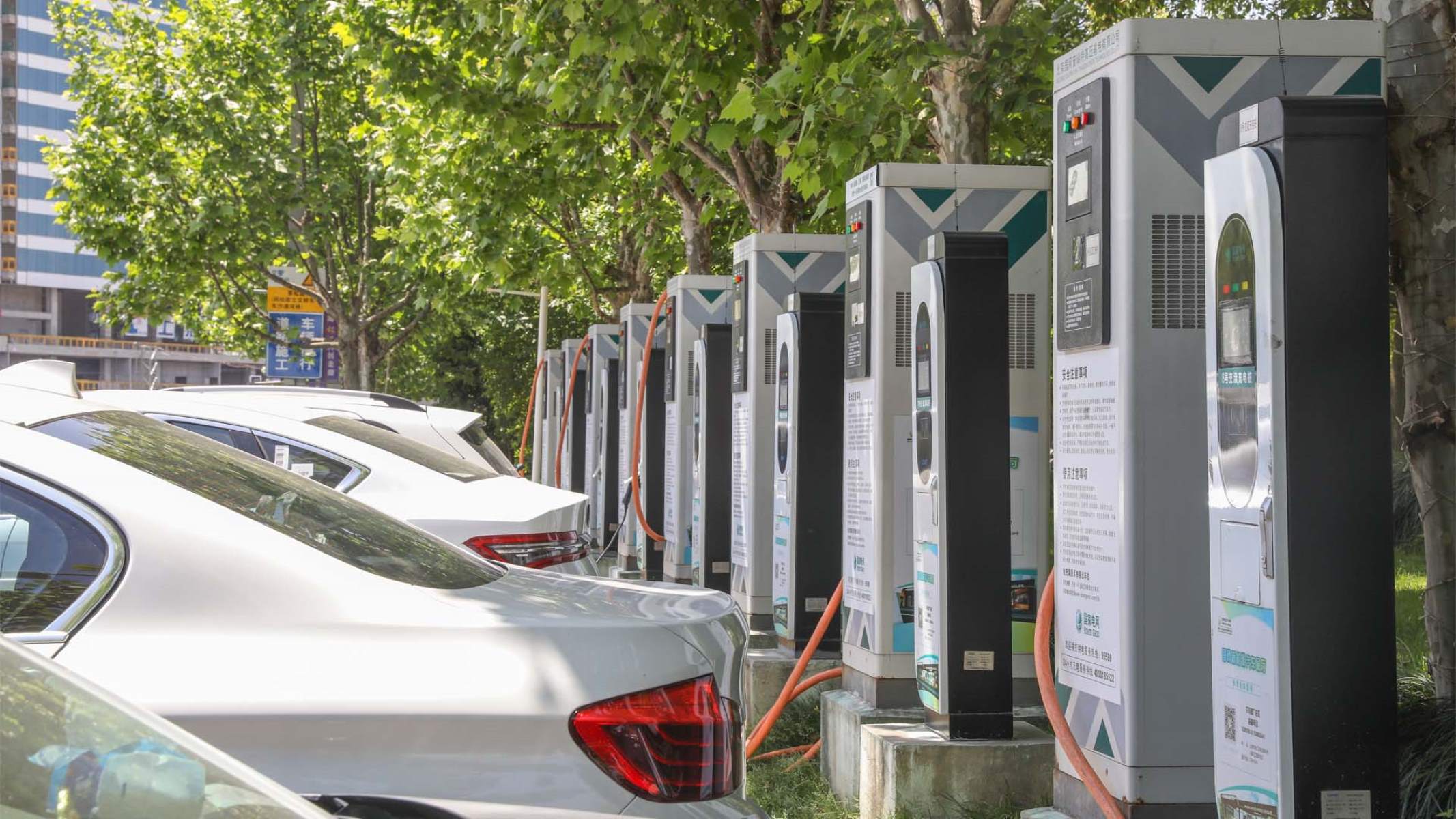
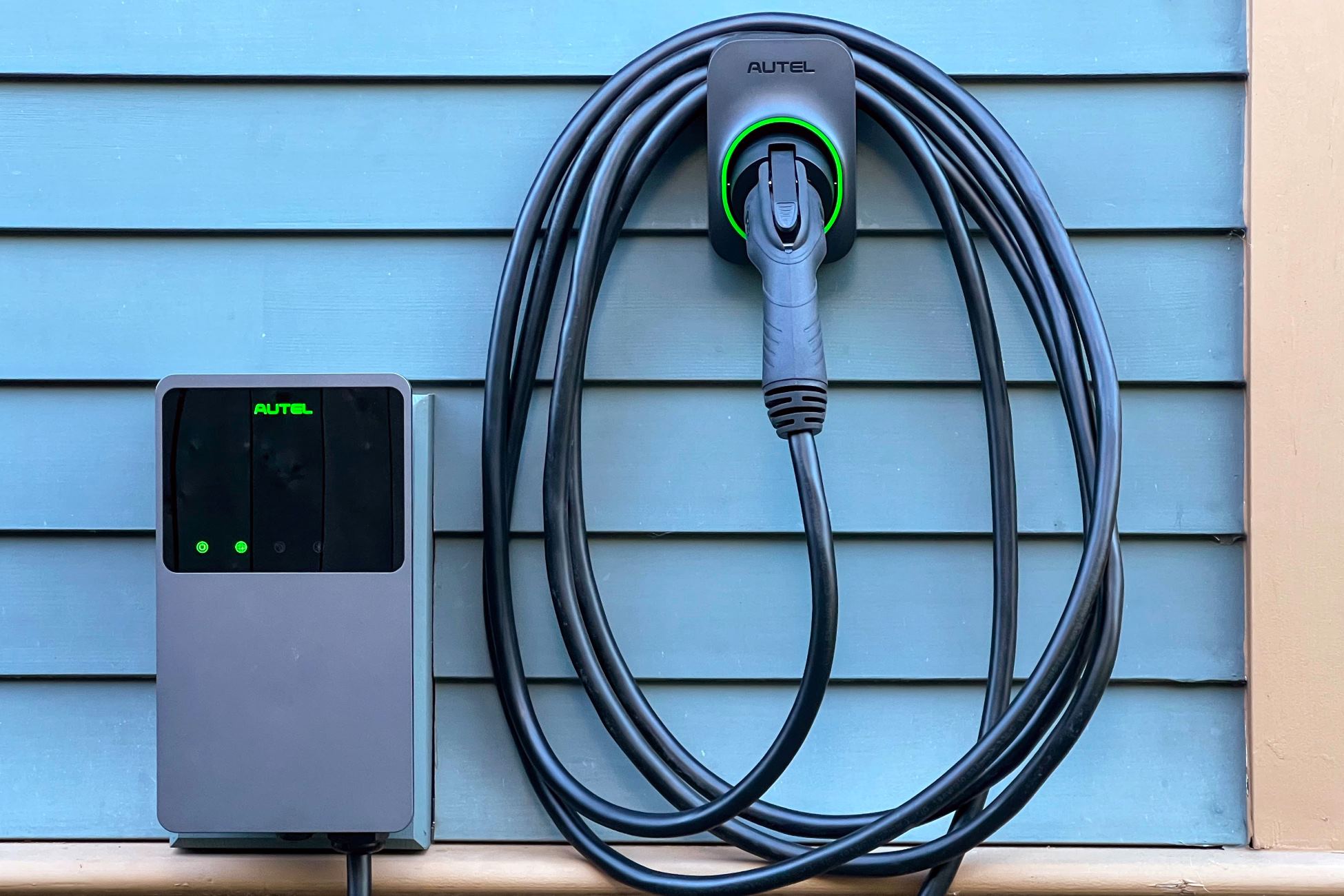

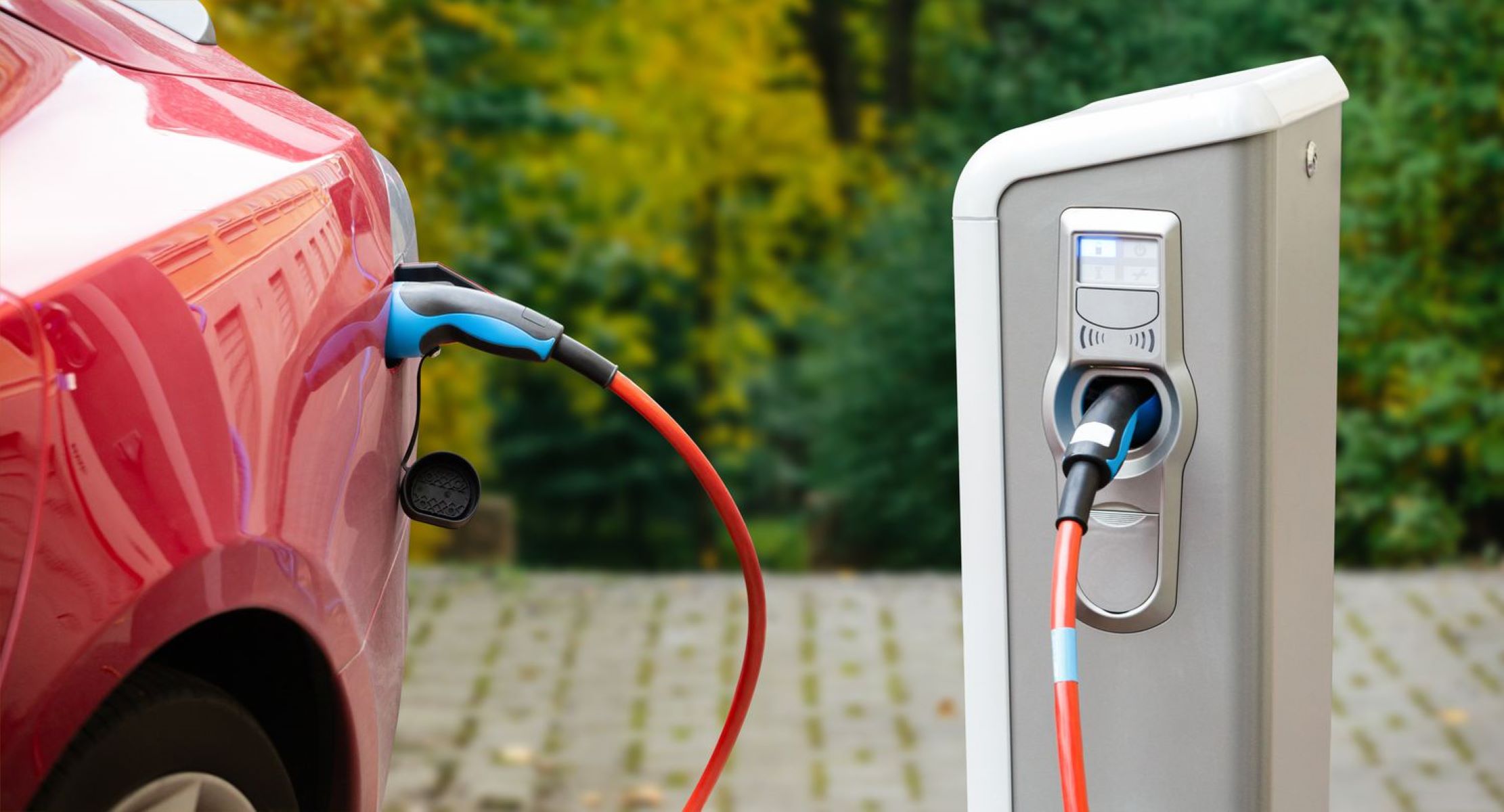
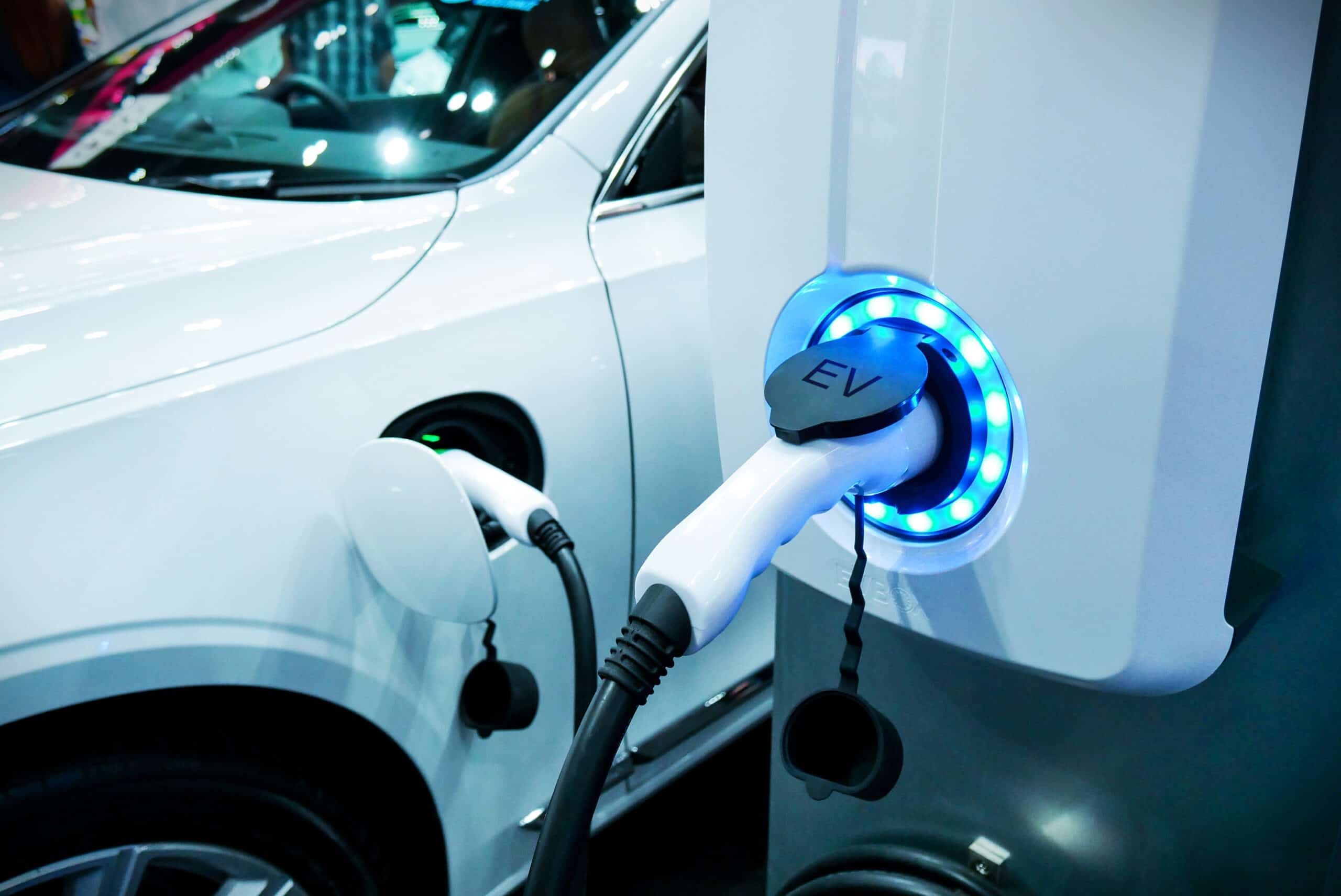
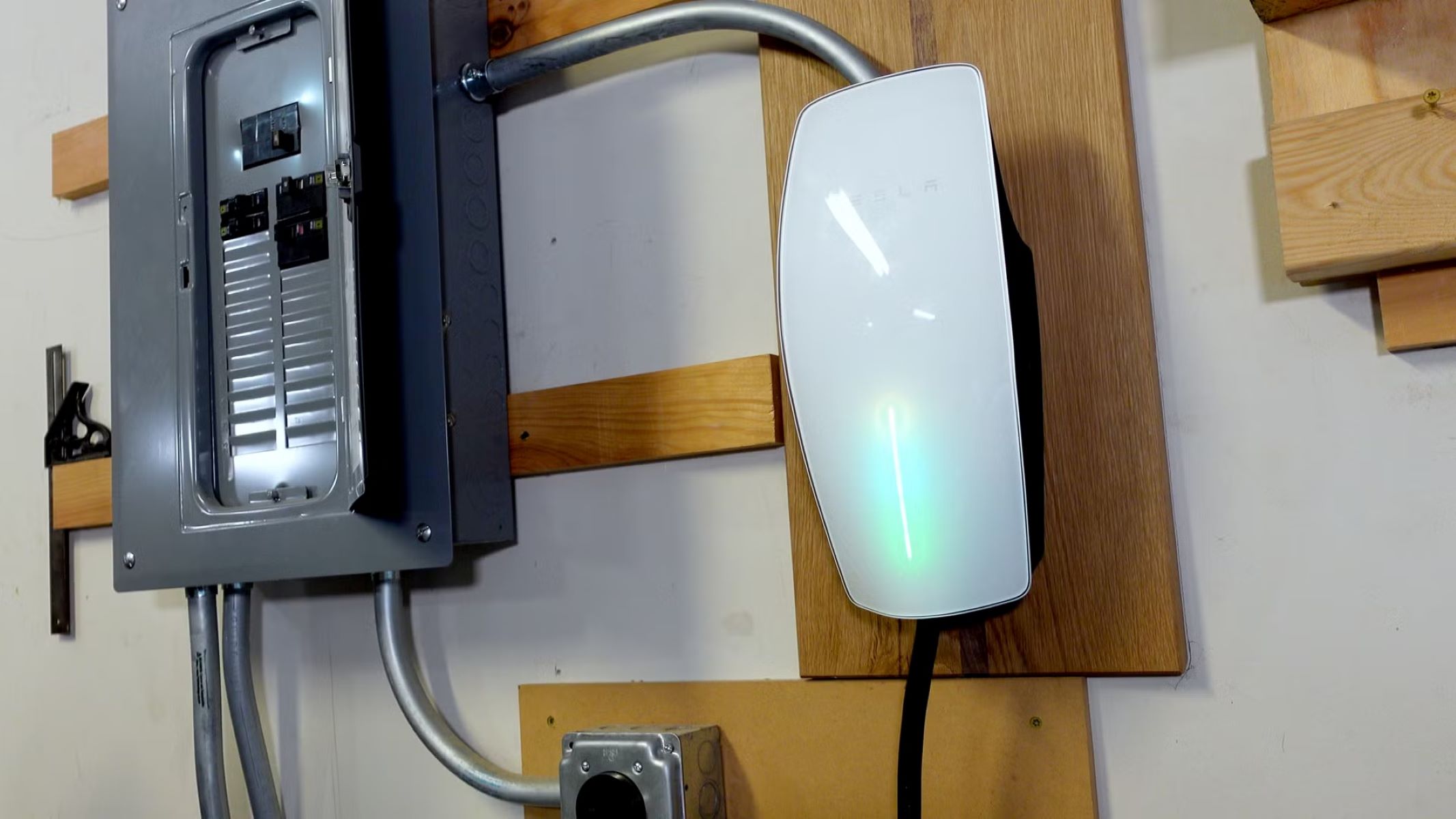
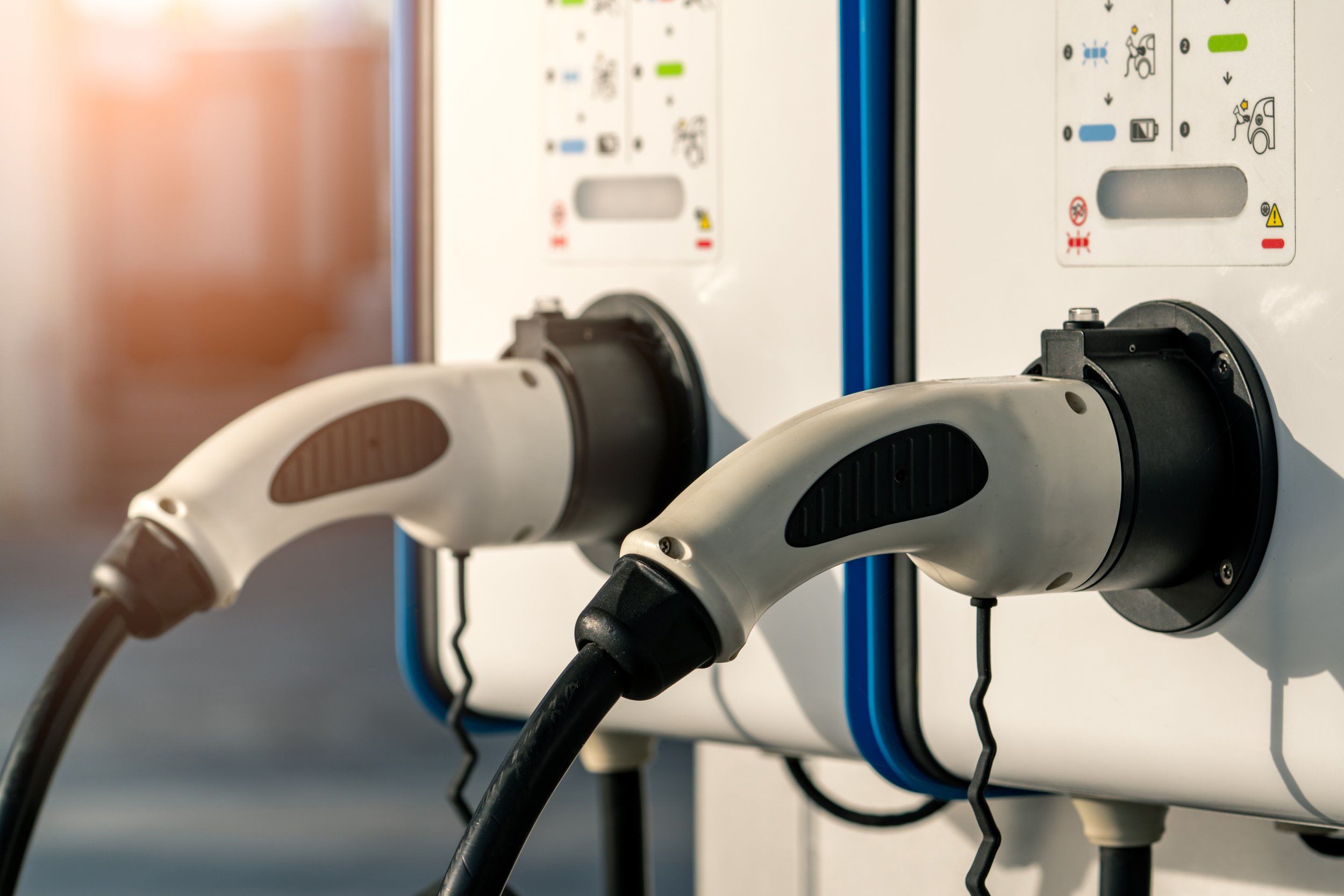
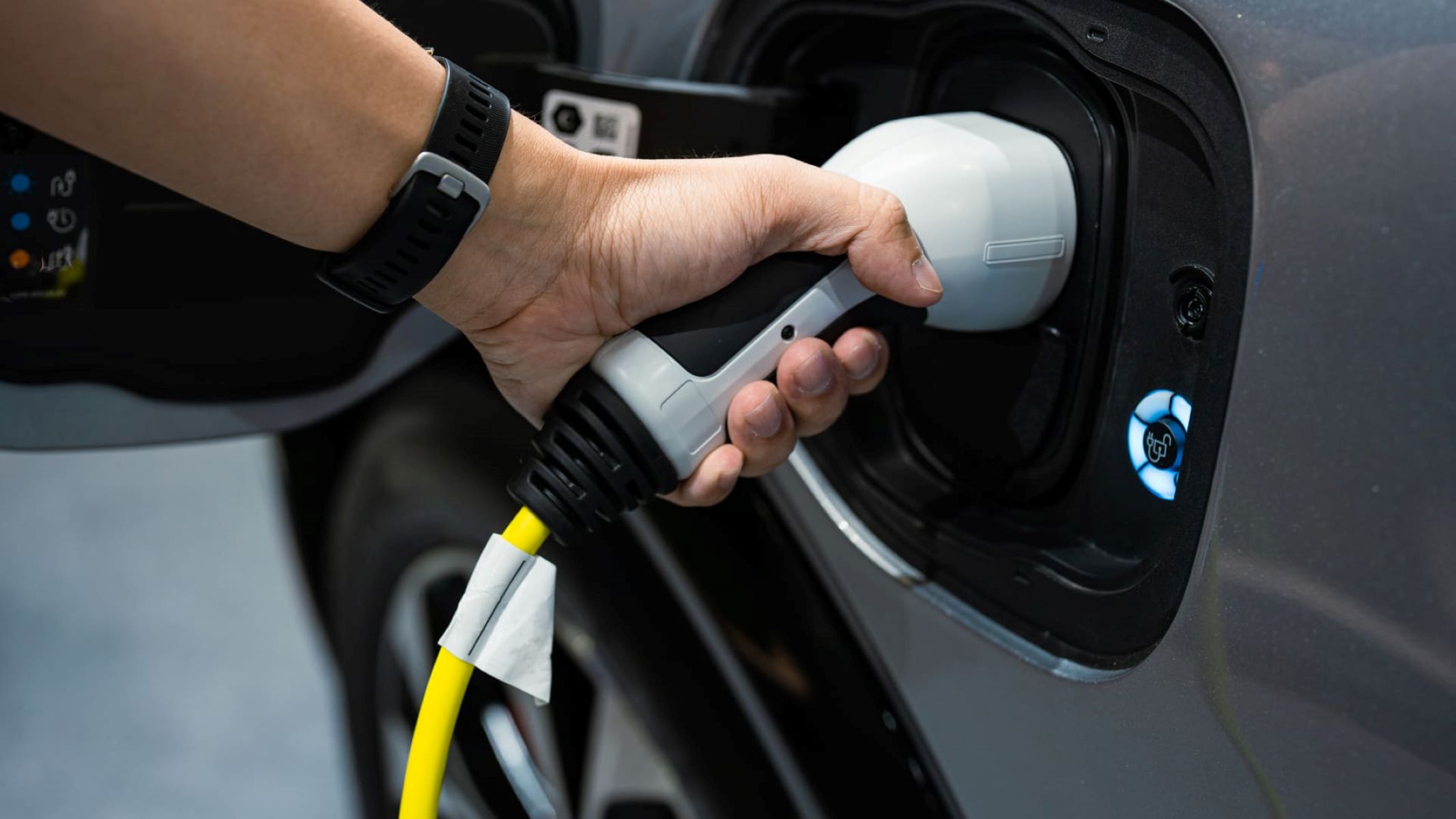

0 thoughts on “Where To Install An EV Charger In The Garage”